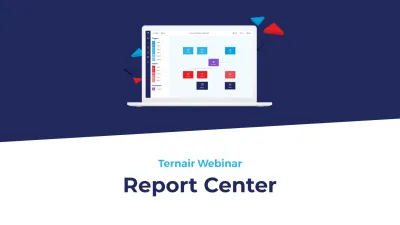Supplementing and refining customer data is also known as profiling and enrichment. And there's a reason for that. Learning about the customer makes the customer experience a richer one. The more customer data available to marketing, the more relevant the communication. Relevant for the recipient so he gets more value out of it, but also for the organization. Because by deploying that customer data, there is a greater chance of conversions and the average value per sale increases.
If more customer data has a positive impact on results, then it makes sense to invest not only in reaching new contacts, but also in enriching and deploying data from those contacts.
But is it valuable?
Before marketing starts collecting and supplementing data, it is important to take stock of which profile data positively influences results. You can sort and prioritize them based on potential value addition, simplicity and cost to collect and short-term versus long-term shelf life.
How high is the added value of this data?
In what ways does this data add value?
How can I leverage it?
What are the costs and ease of collection?
Can I deploy them in the short term versus the long term?
What is the usability?
Question yourself smart
Ikea, for example, starts by asking a number of questions with their new website registrations. As you can imagine, these directly match the products they offer. Some of the questions are quite snappy, such as about family income. Fortunately, not all of them are mandatory.
Data points for short-term deployment are:
Are you moving recently?
Are you engaged, getting married soon?
Are you planning a kitchen remodel?
Data points that have been valid for a longer period of time:
Rent versus owner-occupied housing?
Do you have children?
What the conversation is about
The marketer has a responsibility to broach the right topics. That starts with curating and offering quality content and offers that have a better chance of catching on right from the start. The so-called Hit-ratio of content thus gets a big boost.
However, you should not only show what the topics are, but rather listen to information. This is definitely a must if your company is working on a single customer view and pursuing customer intimacy: building customer loyalty and long-term customer value and customized products and services.





